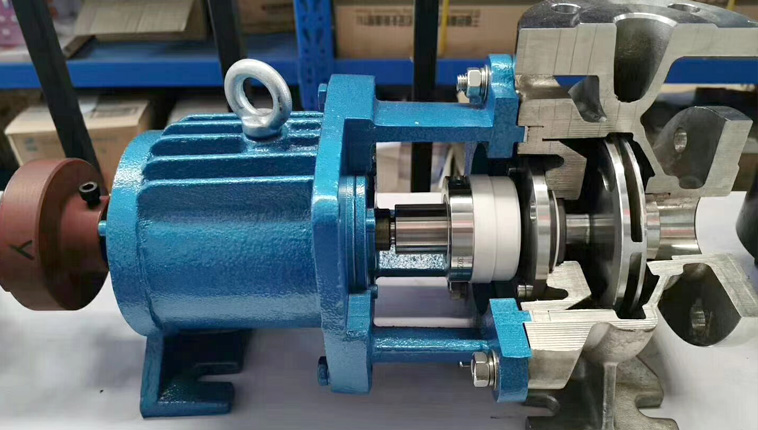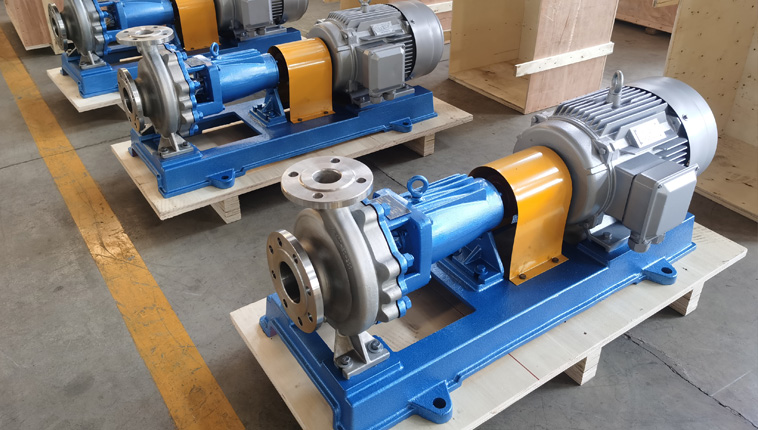First, the water hammer effect: it means that when the open valve is suddenly closed, the inertia of the pressure flow produces a flow shock wave and produces a destructive effect, which is the "water hammer effect" in water conservancy, that is, the positive water hammer. On the contrary, the closed valve in the sudden opening, will also produce a water hammer, called negative water hammer, also has a certain degree of destructive power, but not as big as the former.
The way to prevent the water hammer is to prevent any sudden pressure change in the system.


Stainless steel centrifugal pump.
This includes slowing down the closing speed of the valve itself or providing a greater degree of tension and rigidity when the closing element approaches the seat. In order to prevent pressure fluctuation, the valve should be closed at a uniform speed. In some cases, when a quick-open feature is used, it can be required to change to an equal percentage property. For control valves that must be throttled when approaching the seat, actuators with sufficient output thrust, such as piston pneumatic or hydraulic actuators, or special gaps in the stroke casing of manually rotating operators should be used to reduce or prevent the cylinder lock effect. Setting some type of anti-fluctuation measures on the pipeline system can also reduce the water hammer. It can be done using a pressure relief valve or buffer bucket. In addition, the gas can be injected into the system, and the gas injection can reduce the density of the fluid and provide some compressibility to deal with any sudden fluctuations.
Usually, when the valve is close to closing, the closing element suddenly inhales the valve seat, which is called the cylinder locking effect. The lock-up effect of the dissolving cylinder is caused by a low-thrust actuator, which does not have enough thrust to stay close to the valve seat, resulting in a sudden closure of the pump or a sudden closure of the valve, resulting in a water hammer effect. For control valves, in some cases, fast-opening valves with flow characteristics can also lead to water hammer effect. Although the water hammer makes a lot of noise, the real damage is caused by mechanical failure. Because of the sharp change from kinetic energy to static pipeline pressure, the water hammer can break through the pipeline or damage the pipe bracket and damage the pipe joint. For valves, the water hammer can produce serious vibration through the spool, which may lead to the failure of the spool, gasket or packing.





 +86 18130251359
+86 18130251359 teflowpumps@tlpumps.com
teflowpumps@tlpumps.com








 +86+0563-5093318
+86+0563-5093318
